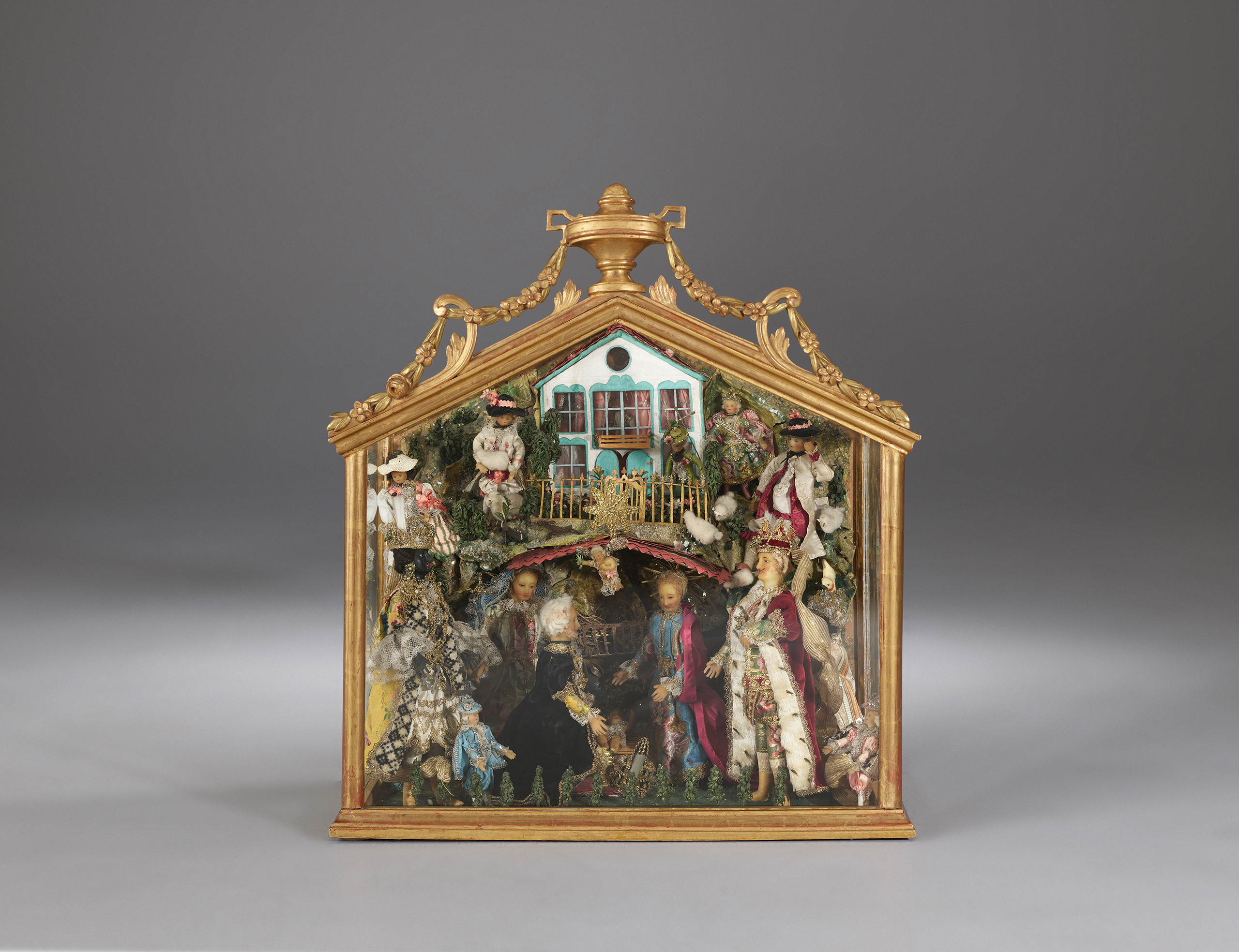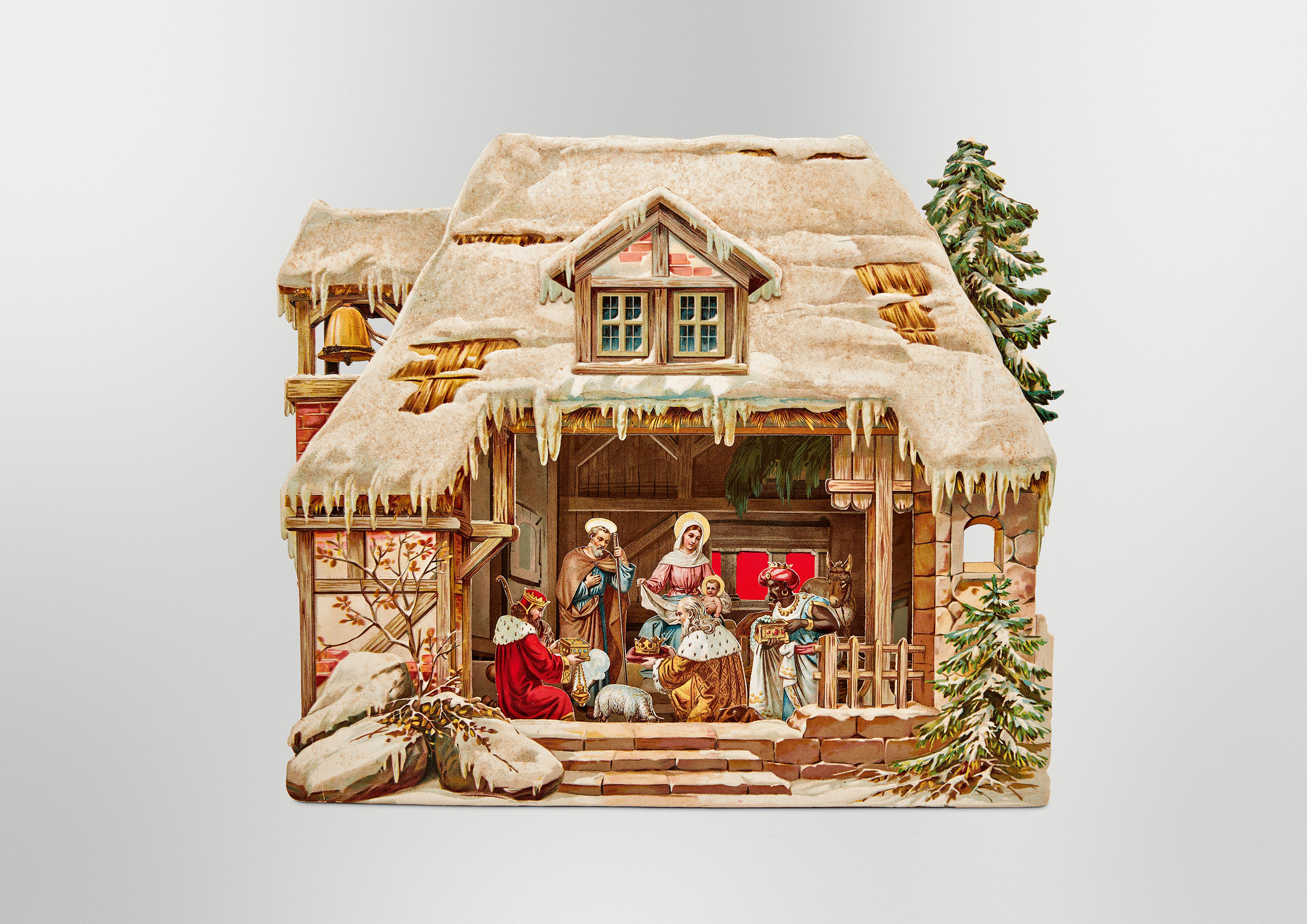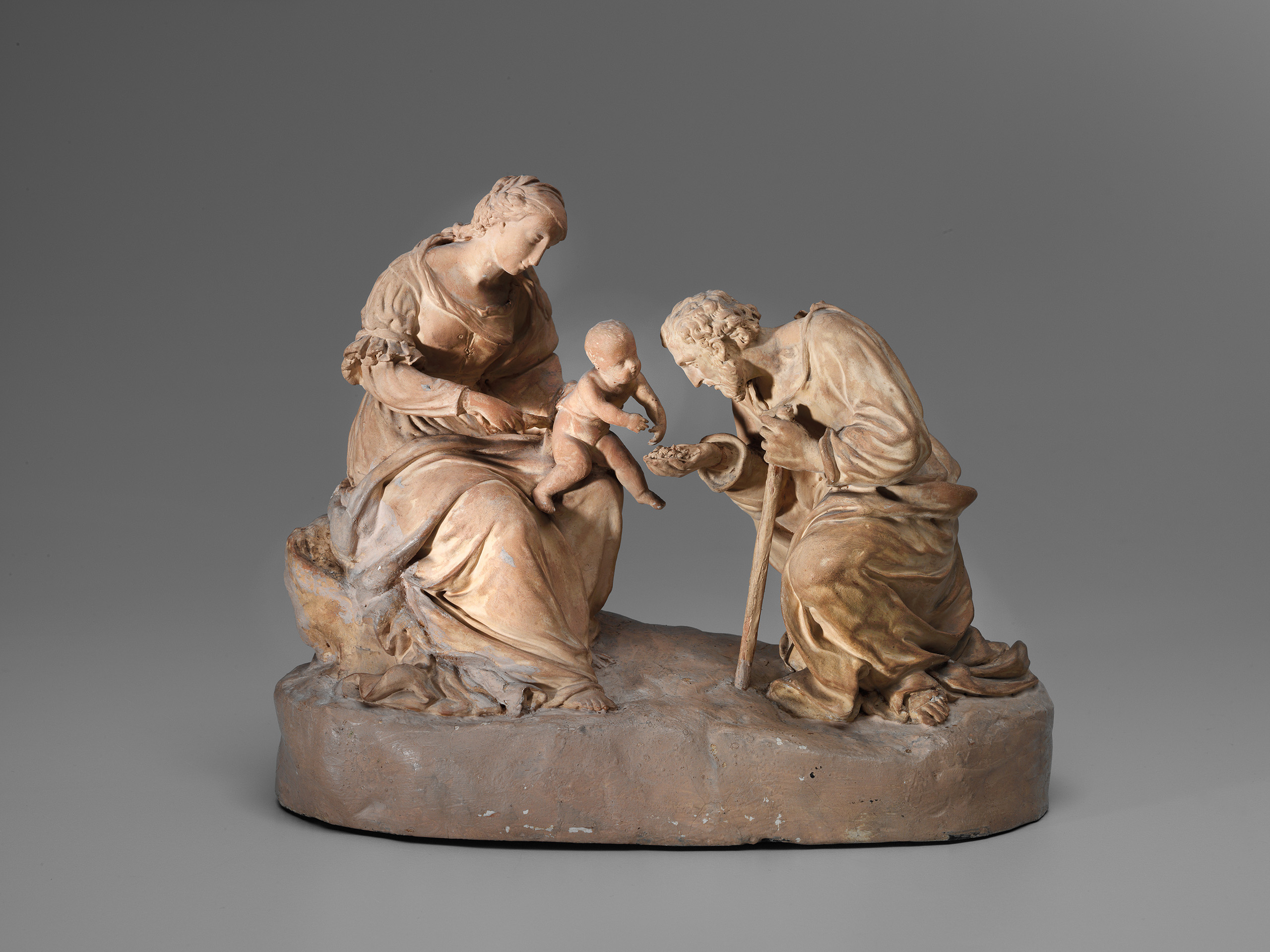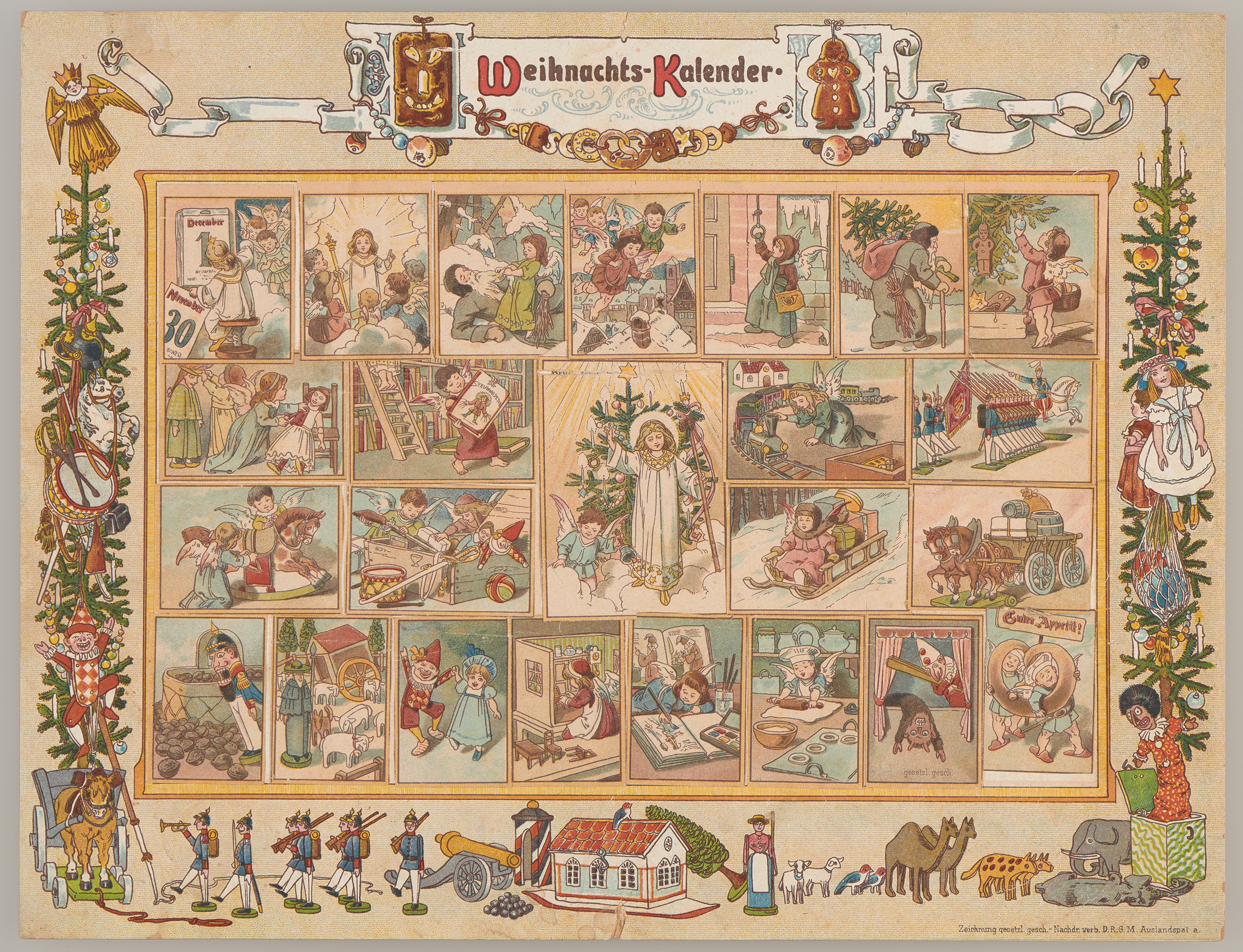
‘Nativity scenes are a deep-rooted tradition in Switzerland’

Every December millions of people around the world set up Christmas cribs inside their homes. In Switzerland, too, this tradition is very much alive. This year the Swiss National Museum is devoting an exhibition to locally made Nativity scenes.
For several years now, the Swiss National Museum in Zurich has mounted an exhibition on Nativity scenes during the Advent season. Visitors flock from near and far to discover the many different forms that this Christmas tradition can take around the world.
This year the museum is putting the spotlight on homegrown production. Until January 10 the public can admire 25 Nativity scenes from different parts of Switzerland. A special focus has been placed on cribs from convents. Also on display are historical Advent calendars, many of which were designed by well-known illustrators.
The exhibition’s curator, Andrea Franzen, is convinced that the ancient tradition of Nativity scenes is still relevant in our modern world.

swissinfo.ch: At what time did Christmas cribs really find their way into Swiss homes?
Andrea Franzen: The birth of Jesus has been depicted with figurines since the 17th century. They were handcrafted and therefore expensive, so Nativity scenes were found mainly in churches and among wealthy families.
The late 19th century saw the appearance of paper cribs for private use. These had the virtue of being inexpensive and easy to assemble and take apart. The lower cost and greater ease of handling meant that Christmas cribs soon spread to wider segments of the population.

swissinfo.ch: How do Swiss Nativity scenes differ from those found in other countries?
A.F.: The old figurines from the 17th and 18th centuries were dressed in clothes and the detachable limbs were sculpted in wax or wood. The structure was made of wood or wire and wrapped in linen strips. This was similar to how things were done in southern Germany, a cultural area to which Switzerland is very close in many ways.
Nativity scenes made of lime-wood, from the Bernese Oberland, are truly characteristic of Switzerland. Brienz has been a centre for woodcarving since the 19th century. The most famous sculptors were Hans Huggler-Wyss and Paul Zumstein. In 1900, Huggler-Wyss set up a company in Brienz which is still doing well today. In 1915, it turned out the first hand-carved and mass-produced figurines in Switzerland.
Nativity figures modeled in clay, based on the Italian model, only became known in Switzerland in the late 18th century and especially in the 19th century.

swissinfo.ch: How do you rate the popularity of Nativity scenes today? Is it a dying tradition, or one that is very much alive?
A.F.: Nativity scenes are still thriving in many places. For example, the canton of Ticino, bordering Italy, has its own distinct tradition. Christmas crib displays, sometimes several together, are set up in the open air.
The sculpted figurines and Nativity scenes made by the Huggler company are also still very popular. This said, for the younger generation the tradition of ‘wait for Christmas’ with Advent calendars is perhaps more popular nowadays than putting up a crib.

swissinfo.ch: In recent years, there has been some controversy over Nativity scenes in public spaces, including a request for relocation of a crib in Neuchâtel and a contested project in front of the Federal Palace in Bern. In a society that is increasingly secularised and careful not to upset minorities, do Nativity scenes still have a place other than in churches and homes?
A.F.: In my opinion, projects in public places should always reflect the ideas and opinions of as many different people as possible – whatever their religious persuasion. The tradition of setting up Christmas cribs in Switzerland is age-old and deep-rooted; it is therefore certainly justified.
Translated from French by Julia Bassam

In compliance with the JTI standards
More: SWI swissinfo.ch certified by the Journalism Trust Initiative


























You can find an overview of ongoing debates with our journalists here . Please join us!
If you want to start a conversation about a topic raised in this article or want to report factual errors, email us at english@swissinfo.ch.